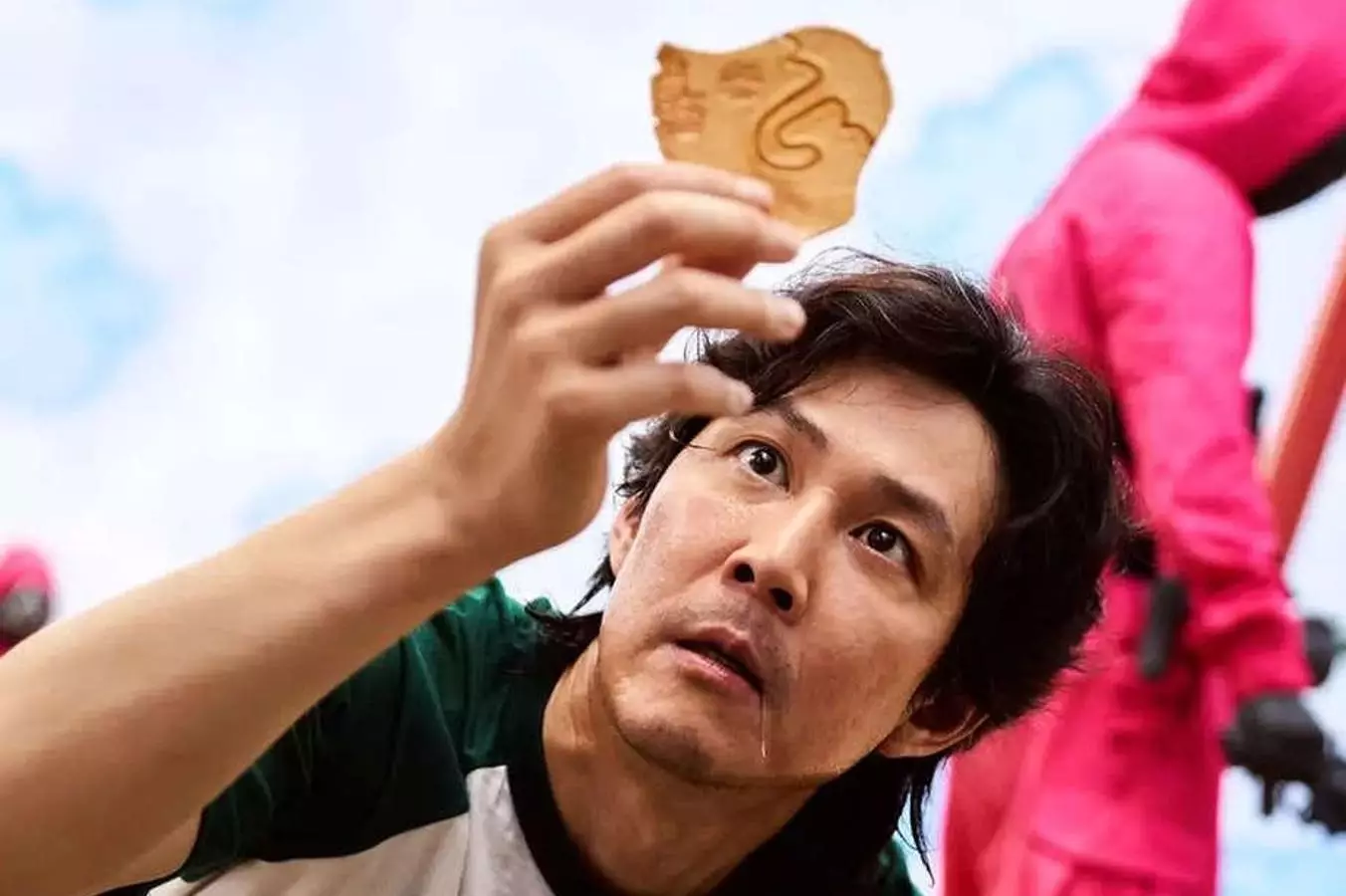In recent years, few television shows have left a mark as indelible as Netflix’s “Squid Game.” Among the multitude of high-tension scenarios lying within its nine episodes, one peculiarly nostalgic challenge emerged to unite audiences across the globe: the dalgona candy game. The show effectively intertwines childhood innocence with stark brutality, but beneath the surface of this high-stakes game lies a piece of South Korea’s rich culinary heritage. Dalgona, a simple treat composed primarily of sugar and baking soda, serves as a window into past experiences for many, simultaneously carving a unique niche in the booming realm of international food trends.
This legacy stretches back to the bustling streets of South Korea during the 1970s and 80s, where ppopgi—its local name—was a staple among street vendors peddling sugary delights outside schools. Young children, drawn in by its delightful flavors and charming shapes, would engage in the delicate challenge of carefully eating around the edges to preserve the design etched into the candy. It’s fascinating how such a simple childhood activity can remerge through a contemporary lens and gain worldwide traction.
When “Squid Game” hit screens, the world was unprepared for its explosive cultural significance—and so too for the resurgence of dalgona candy. What was once merely a nostalgic treat became a viral sensation, transforming into a global culinary phenomenon that reverberated on social media platforms like TikTok and Instagram. Videos of enthusiasts attempting to recreate the challenging shapes featured in the series filled feeds, showcasing both entertaining successes and spectacular failures. This new craze offered wide-reaching exposure to a traditional food, dissolving barriers and fostering a shared cultural experience that resonates across national lines.
The act of carving dalgona has morphed from a simple childhood delight to an engaging culinary experiment for many. With the flood of online tutorials, users have become eager to replicate the treat in their own kitchens, which highlights another aspect of food culture: the joy of making something together. The community forged in this challenge speaks to our shared experiences and collective nostalgia, grounding us in a world that often feels fragmented.
Beyond the cultural implications rests the craftsmanship involved in creating dalgona. Renowned food blogs and culinary experts alike have begun to share tips and tricks to ensure a successful crafting experience. As recounted by Sue from My Korean Kitchen, control and precision are paramount; the key lies in how one melts the sugar, alongside timing the addition of baking soda to achieve the desired texture without compromising the essence of the candy. These minute details transformed an innocent pastime into intricate science, further enhancing the appreciation for this sugary staple.
Behind the scenes of “Squid Game,” the authenticity of the dalgona candy challenge was a carefully curated affair. Director Hwang Dong Hyuk revealed that specialized artisans were enlisted to ensure the candy looked and tasted just right for the camera. In sharing his meticulous preparation methods, he elevated humble dalgona into an art form—this dedication reflected not only in the visual appeal of the candy but also in its cultural storytelling. The act of “licking” the candy, a strategy shared by Hwang from his own youth, adds another layer of depth to the narrative. It’s notions like this that make food a vessel for memory, and so much more than mere sustenance.
Perhaps what makes dalgona much more than a mere food trend is its power as a cultural artifact. It compiles elements of nostalgia and personal history, intertwining identities from decades past with contemporary culture. The sweet candy intertwines lives—bridging generational divides and uniting people through shared rituals that involve cooking and eating. Dalgona transcends its simple composition to become a symbol of creativity, craftsmanship, and connectivity.
As the world becomes increasingly interconnected, the power of food to forge relationships and preserve cultural narratives cannot be understated. “Squid Game” offered the perfect stage for relaunching dalgona candy, illuminating how something deeply rooted in tradition can suddenly find itself at the forefront of modern pop culture. The narrative of dalgona is not solely its journey from street vendor to international phenomenon, but rather the way that food reflects our shared experiences, evokes nostalgia, and deepens our understanding of each other. Food evokes a personal touch in a modern world often overwhelmed by anonymity.
While it’s easy to perceive dalgona as just another fleeting trend within the scope of “Squid Game,” its roots reach far and deep, revealing a compelling story woven through the history of South Korean culinary culture. So, the next time you find yourself attempting to carve out your chunk of candy, remember that you’re not just engaging in a fun challenge—you’re participating in a cultural renaissance that celebrates both tradition and modernity.

